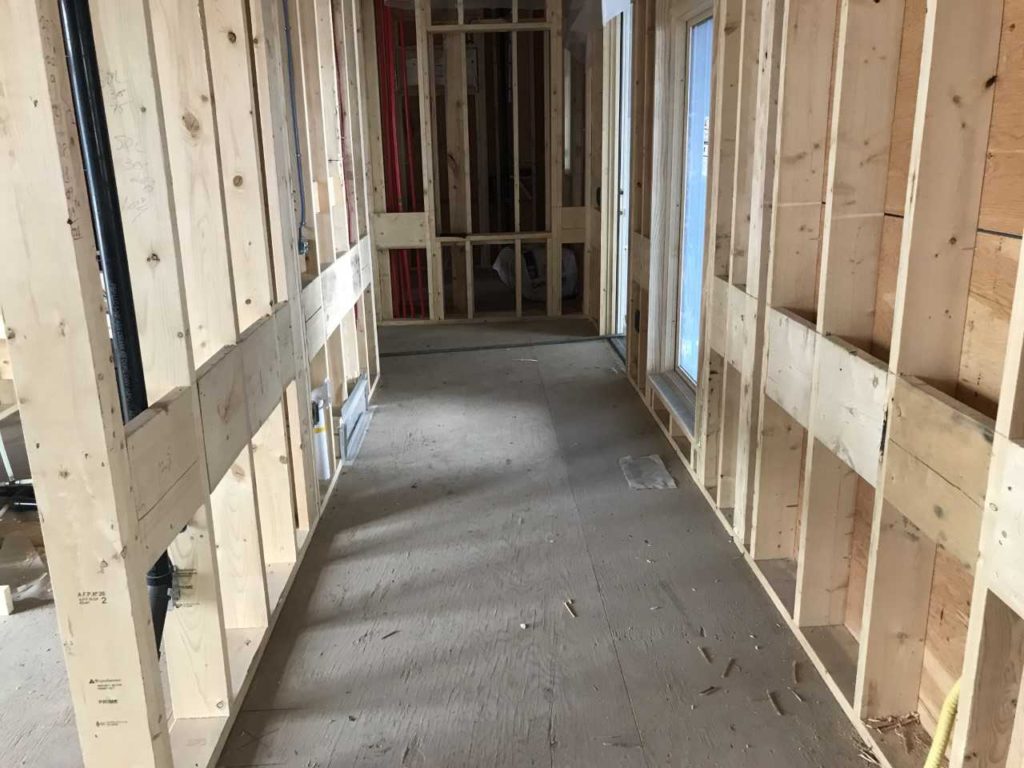We all vary in our physical, cognitive and visual abilities, which change throughout our lives. We are affected not only by the aging process but by other life changes, including bearing children, medical procedures and operations, illness and unexpected events and accidents. Just because we go through these changes, doesn’t have to mean we abandon the activities we have loved our whole lives. It also doesn’t mean we can’t keep learning, growing and trying new activities!
Interior design has a significant impact on our lives and can dramatically improve how we experience the world around us, despite any perceived limitations. Features like colour, lighting, furniture, shelf heights, wheelchair ramps, signage and room transitions promote accessible function and comfort.
When we design for the aging population, we incorporate Universal Design features, so that all family members or residents can live life to their fullest. Universal Design creates spaces that can be used by people with the widest possible range of abilities, operating within the widest possible range of situations. Successful Universal Design doesn’t create an option for people with disabilities and a different one for people without; it creates one solution that works for everyone.
This means that anyone, from grandchild to grandparent, can use areas of the home equally. As interior designers, we accommodate a wide range of options to account for individual preferences and abilities, now and in the future. The design is easy to understand, regardless of experience, knowledge, language skills or concentration level. Family members can use the space efficiently and comfortably with minimum fatigue, regardless of their body size, posture or mobility.

If you’re building a new home or updating your current home, you can incorporate features that can be modified down the road to address physical limitation. Examples of this include:
- Wider hallways and doorways to accommodate a potential future wheelchair and add a feeling of grandeur to the space.
- Varying counter and cabinet heights in the kitchen for appliances. This adds visual interest and helps people in wheelchairs, those with mobility challenges and children function independently.
- Backing or framing in the walls to allow for future grab bars.
- Wider stairs, both exterior and interior to enable future wheelchair lifts.
- A visually-appealing ramp that blends into the home instead of stairs to the front entry door.
Universal Design should be seamlessly integrated into the home to make it functional, practical and stylish. These modifications don’t have to be expensive. Whether you are updating or renovating a current space or starting a brand-new build, Universal Design just makes good sense, for everyone. Call us for a consultation to see what’s possible in your home.
Margot

